Mango Sticky Rice Recipe – The delectable treat mango sticky rice, known as “Khao Niew Mamuang” in Thai, is a product of the country’s diverse culinary scene. It has captured the hearts of food lovers all around the world with its exquisite blending of flavors and textures. This article will guide you through the history of mango sticky rice, what makes it unique, potential health advantages, the delicious taste it delivers, and a step-by-step recipe to make this Thai dessert at home.
Mango Sticky Rice Recipe
What is Mango Sticky Rice?
Thai culture and food have a long history that is firmly ingrained in mango sticky rice. Though its precise origin is still up for question, it is thought to have been popular in Thailand for generations. Early versions of this meal were served with sticky rice, mango, and a straightforward coconut sauce.
Mango Sticky Rice emerged over centuries alongside Thai cuisine. A creamy and sweet sauce was made by mixing sugar and coconut milk, which complemented the glutinous rice’s nutty flavor. This dessert evolved, frequently featuring mung beans, coconut cream, sesame seeds, or both as garnishes. It is now a beloved delight not just in many parts of the world but also a well-liked dessert in Thailand.
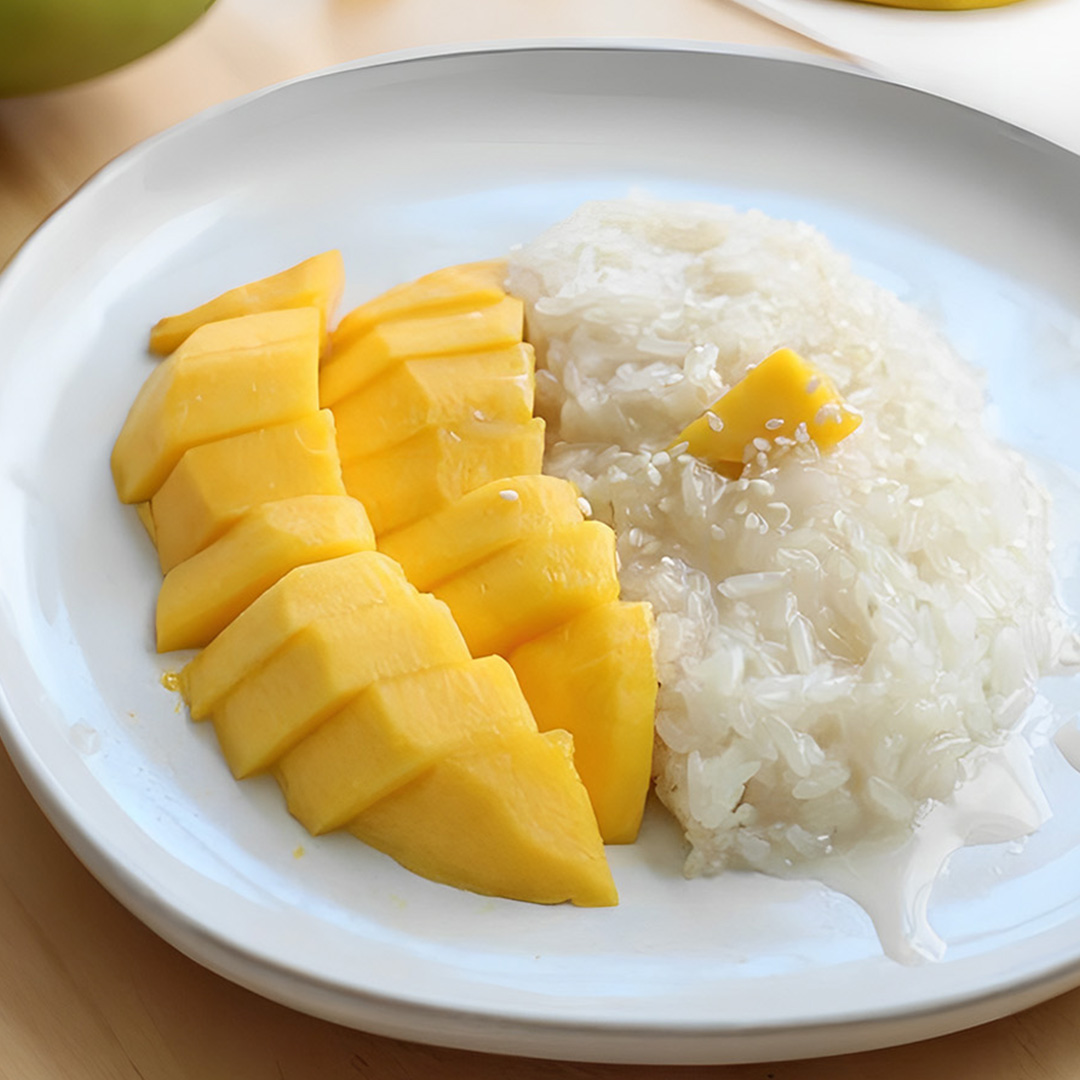
What Makes Mango Sticky Rice Special?
It skillfully combines the richness of glutinous rice with the creaminess of coconut milk and the sweetness of ripe mangoes to produce a unique flavor combination and the texture is soft, juicy mango slices contrast beautifully with the chewy, sticky texture of the glutinous rice, creating a delicious play of textures in each bite. Mango Sticky Rice is closely related to Thai culture and is frequently connected with the summer months in Thailand, when mangoes are at their ripest. This delicacy is both aesthetically pleasing and delicious because to the bright colors of the ripe mangoes, the white sticky rice, and the creamy sauce.
Is Mango Sticky Rice Healthy?
While mango sticky rice is unquestionably a tasty treat, it’s important to take into account its nutritious aspects:
- Glutinous Rice: The sticky rice used in this dish contains little fiber and is heavy in carbohydrates, which can quickly raise blood sugar levels. As a result, it should only be ingested occasionally, especially by people with diabetes.
- Mangoes are a healthy fruit option because they are a good source of vitamins, minerals, and antioxidants. Portion control is essential because they also contain a lot of sugar.
- Coconut Milk: Due to its high fat content, coconut milk adds smoothness but is also calorie-dense. To cut calories, choose light coconut milk or only have it occasionally.
- To keep a balanced diet, indulge in mango sticky rice sometimes rather than on a regular basis.
- Customization: You can make this dessert healthy by using less sugar and whole grains in place of some of the sticky rice.
The Taste of Mango Sticky Rice
Mango Sticky Rice has a flavor profile that is a symphony of flavors that dance on your palate:
- Sweetness: Ripe mangoes naturally have a sweetness, which the coconut sauce and the somewhat salty glutinous rice expertly balance.
- Creaminess: The dish is brought together by the delightful creaminess of the coconut sauce, which is rich and velvety.
- Glutinous rice has nutty undertones that balance off the sweetness of the mangoes and the coconut sauce.
- Aromatic Suggestions: The dessert is enhanced by the fragrant sticky rice, which is frequently laced with pandan leaves or pandan extract.
What’s the Secret to Making Sticky Rice?
The key to preparing sticky rice is to soak the rice first. This permits the rice to absorb water and soften, causing it to cling together after cooking.
Here are some cooking tips for sticky rice:
- Use glutinous or short-grain rice. This rice has more starch than long-grain rice, making it stickier after cooking.
- Before soaking, rinse the rice. This aids in the removal of extra starch and debris.
- Soak the rice for at least four hours, preferably overnight. The longer the rice soaks, the stickier it becomes.
- Before cooking, thoroughly drain the rice. This aids in the removal of any extra water.
- team the rice for 20-30 minutes, or until it is tender.
- Serve the rice immediately and enjoy!
More Desserts Recipes
Looking for more Dessert Recipes? You can try some of my favorites:
Making Mango Sticky Rice Recipe at Home
Now, let’s explore how to make Mango Sticky Rice Recipe in your own kitchen. Here’s a step-by-step recipe:
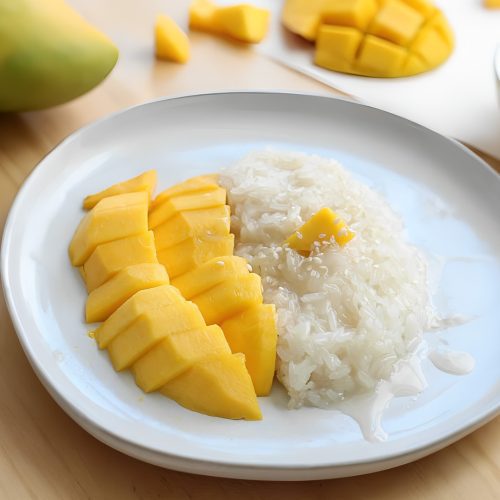
Mango Sticky Rice Recipe
Equipment
- Steaming Pot or Steamer
- Saucepan
- Rice Cooker (optional)
- Mixing Bowl
- Serving Plates or Bowls
- Knife and Cutting Board
- Pandan Leaves (optional)
- Sesame Seeds (optional)
- Mung Beans
Ingredients
For The Sticky Rice
- 1 cup Rice glutinous
- 1 cup Coconut Milk
- 1/2 cup Sugar
- 50 gr Salt
- Pandan leaves (optional, for fragrance)
For The Mango Topping
- 2 ripe Mangoes peeled, and sliced
- Sesame Seeds (optional, for garnish)
- Mung Beans (optional, for garnish)
Instructions
Instruction
- When the water is completely clear, wash the sticky rice. For at least 30 minutes and up to 4 hours, soak it in water.
- If available, place the drained rice in a steamer with pandan leaves on the bottom. The rice should become mushy and sticky after 25 to 30 minutes of steaming.
- Make the coconut sauce while the rice is heating. Mix the coconut milk, sugar, and a dash of salt in a pot. Stirring often, heat over low heat until the sugar melts. Don't allow it to boil.
- After the rice has finished cooking, place it in a bowl and top with half of the coconut sauce. Mix thoroughly to evenly coat the rice.
Assembling Mango Sticky Rice
- A bowl or plate should be filled with a serving of the sweetened sticky rice.
- Place the rice on top of the mango slices.
- Over the mangoes, drizzle the remaining coconut sauce.
- If preferred, add mung beans and sesame seeds as a garnish for more flavor and texture.
- Serve warm or at room temperature with your homemade mango sticky rice.
Conclusion
Desserts like mango sticky rice not only satisfy the palate, but they also provide a window into Thailand’s rich cultural and culinary legacy. Due to its sweetness and calorie content, it should be consumed in moderation, but its distinctive blend of tastes and textures makes it a pleasant treat. Mango Sticky Rice is a sweet Thai delicacy that will leave you wanting more, whether you enjoy it at a street market in Bangkok or prepare it at home.
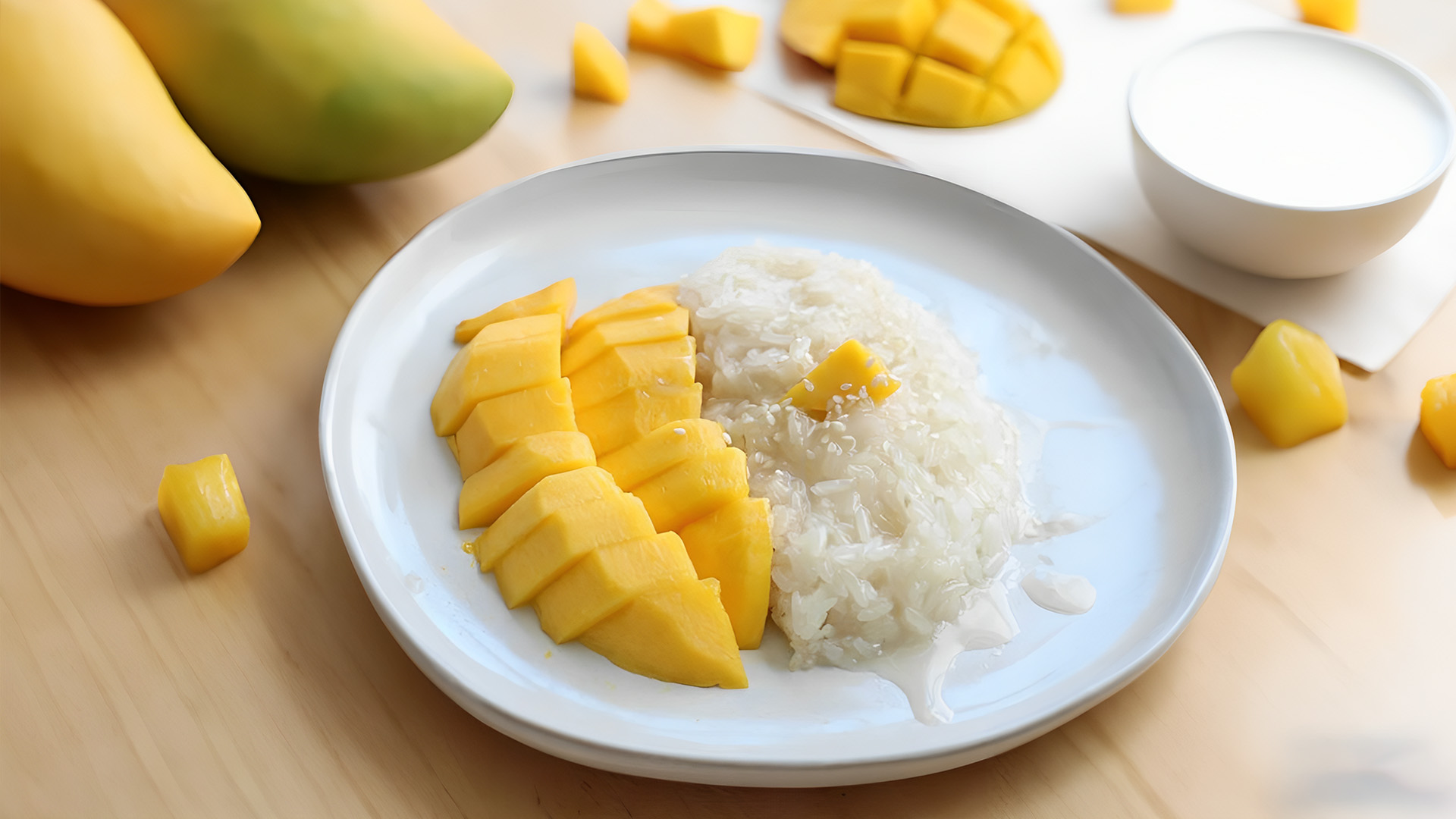

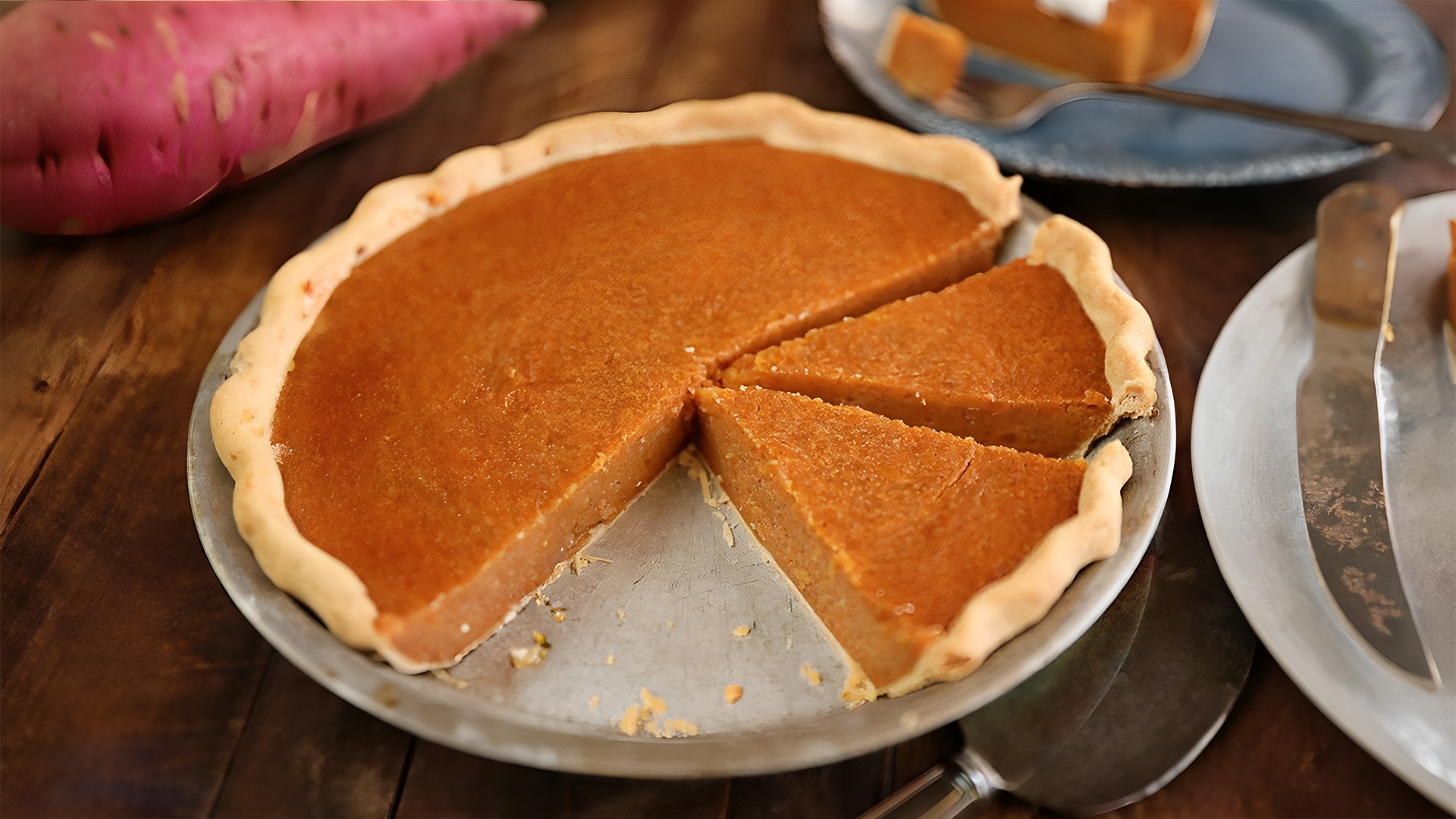
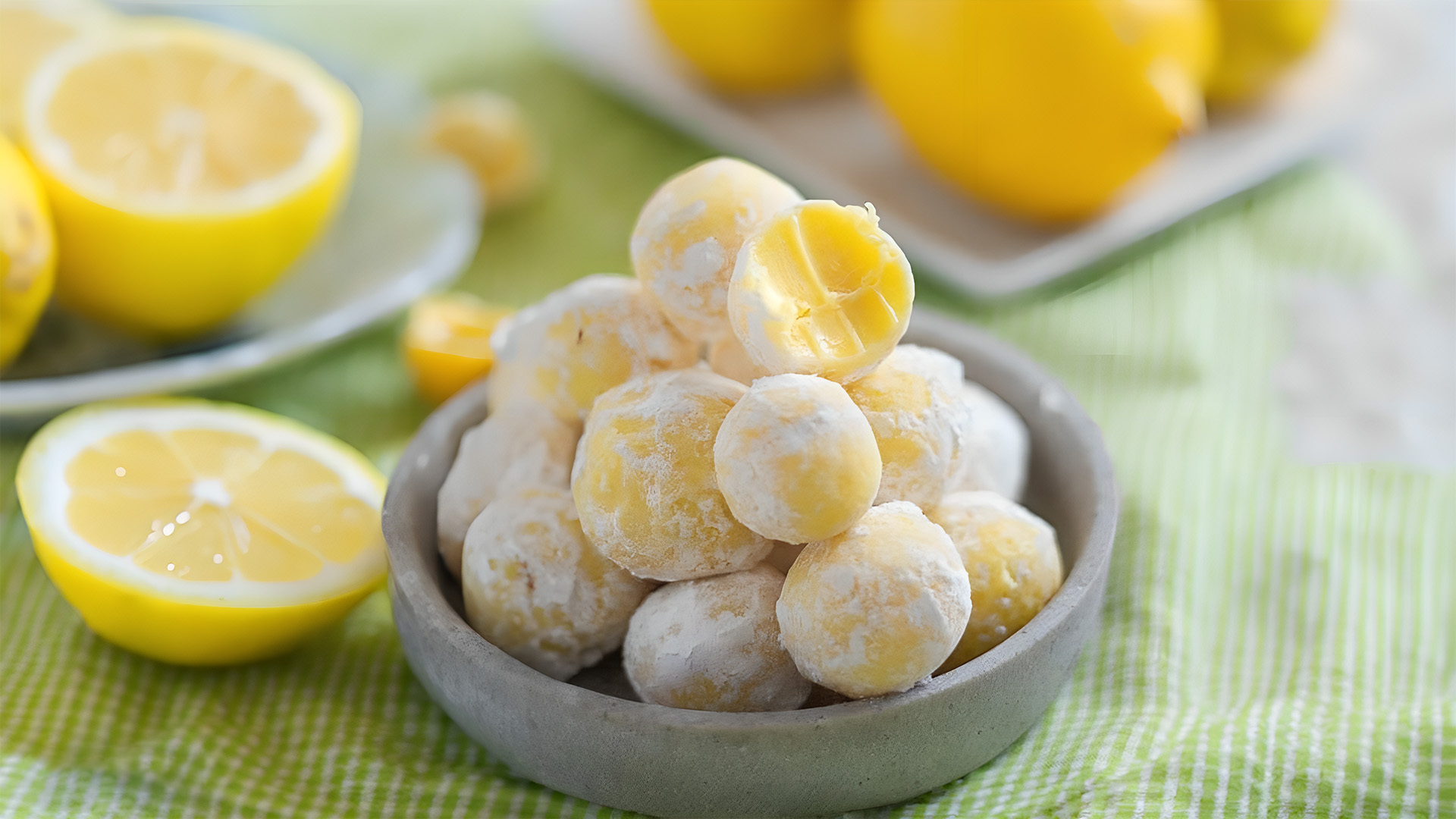
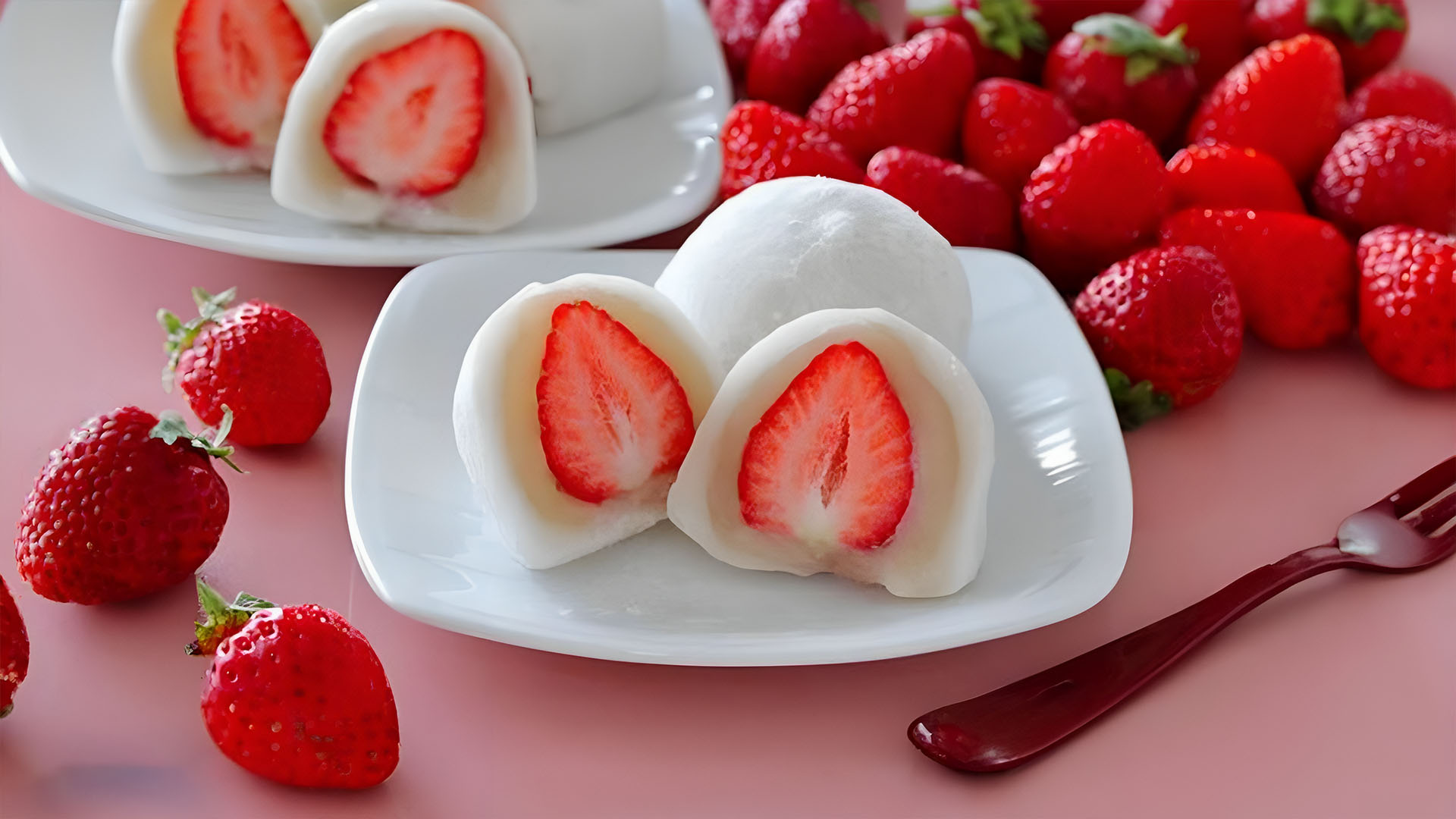



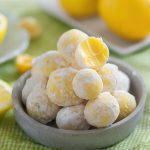

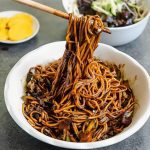
Leave a Reply